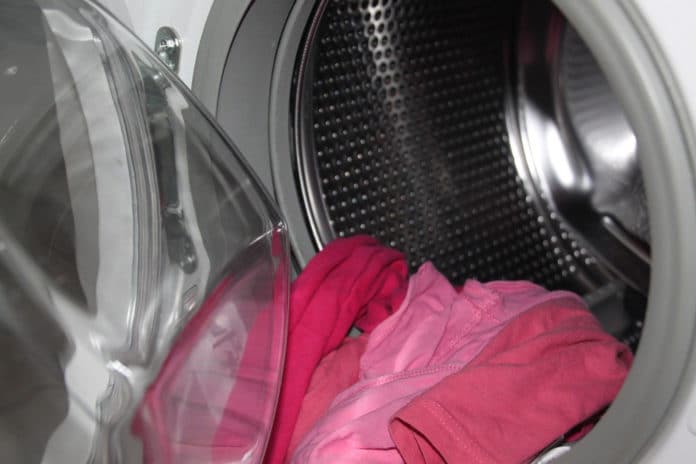Lint-microfibers are classified as microplastics. They are generated during clothes drying and consist mainly of cotton, polyester, and lignin. Whereas large plastic items can be sorted out and recycled relatively easily, this is not the case with microplastic—tiny plastic pieces less than 5 mm in diameter.
Large quantities of microplastic were being washed down our drains and entered our seas, threatening the environment.
Thanks to scientists from the Kaunas University of Technology and Lithuanian Energy Institute for developing a new eco-friendly technology that produces energy from textile waste. The technology extracts energy products from textile waste.
For the experiment, lint-microfibers collected from the filters of the drying machines in the dormitories of KTU were collected. As the residents of the dormitories come from different cultures in Europe, Africa, Asia, and America, the collected samples were very diverse.
Using a pilot pyrolysis plant, scientists successfully extracted three energy products from the textile waste: oil, gas, and char. They then decomposed the lint-microfibers thermally into energy products. The surprising fact is they got about a 70 percent conversion rate.
Along with the pilot pyrolysis plant, scientists also created a mathematical model to evaluate the economic and environmental performance of the suggested strategy. The model revealed that the energy from the lint-microfiber generated by 1 million people had estimated profitability at around €100 thousand and reduced carbon footprint 42,039,000kg CO2-eq/t of lint-microfibers.
Scientists noted, “if applied on an industrial scale, the strategy is profitable and eco-friendly.”
Dr. Samy Yousef, senior researcher at Kaunas University of Technology (KTU), said, “I believe that the collection system, similar to deposit-return for drink containers, could be developed based on our research. A household would bring the lint-microfiber from their drying machine filters to a collection point and receive some compensation for it. We have proposed the technology and made calculations, which may be developed further.”
Journal Reference:
- Samy Yousef et al., A new strategy for using lint-microfibers generated from the clothes dryer as a sustainable source of renewable energy, Science of The Total Environment (2020). DOI: 10.1016/j.scitotenv.2020.143107
